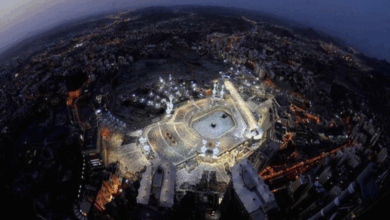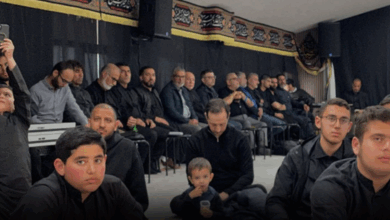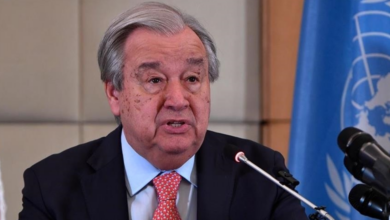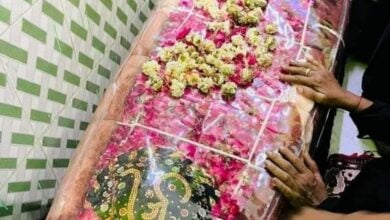Return of the Captives of Karbala to Medina and the Renewal of the Ashura Tragedy

The caravan of captives from the plains of Karbala arrived in Medina after a sixteen-day journey. Their return was met with wails and tears from the people, once again reviving the memory of the martyrdom of Imam Hussein (peace be upon him) and his loyal companions.
More details in the following report:
The caravan of captives from the Karbala incident had returned to Karbala on the 20th of Safar in the year 61 AH and stayed for three days beside the graves of the martyrs. During this time, the grieving women and children held mourning ceremonies at the martyrs’ graves. The blessed head of Imam Hussein (peace be upon him) was also returned to his body. After this brief stop, the caravan left Karbala on the 23rd of Safar, passing through various towns and cities before reaching Medina sixteen days later. This journey normally would have taken less than a week, but the caravan’s condition forced a slow pace with numerous stops.
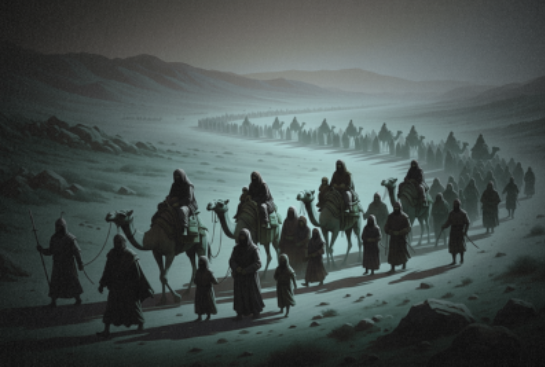
Historical accounts state that on the 7th of Rabi’ al-Awwal, the caravan arrived at the region of Harrah Waqim, near Medina. Imam Sajjad (peace be upon him) did not want the caravan’s entry to be sudden and silent. Instead, he wanted the presence of the Prophet’s family to serve as an opportunity to remind the people of the Umayyads’ crime. He therefore set up tents on the outskirts of Medina and asked Bashir ibn Judhlam to inform the people of Imam Hussein’s martyrdom with his elegiac poetry. Bashir’s sorrowful cry, “O people of Yathrib, there is no place for you…” brought the news of the Prophet’s grandson’s martyrdom to everyone, and the city of Medina was filled with wailing and crying.
Historians note that news of Imam Hussein’s martyrdom had reached Medina in several stages before the caravan’s return. The first time was on the very day of Ashura, when Umm Salama, the Prophet’s wife, saw a heartbreaking dream and understood that the Imam had been martyred. She showed the people a glass vial containing the soil of Karbala, which had turned to blood, and she cried out the news of the tragedy. On another occasion, about ten days later, a messenger from Ubaydullah ibn Ziyad arrived in Medina and announced the Imam’s martyrdom, which caused a wave of grief among the Bani Hashim family and the general public.
However, the return of the caravan of captives marked the peak of the people’s sorrow in Medina. The presence of the Prophet’s family and the memory of the Karbala tragedy plunged the Islamic community into a collective mourning, further exposing the Umayyads’ crime.


